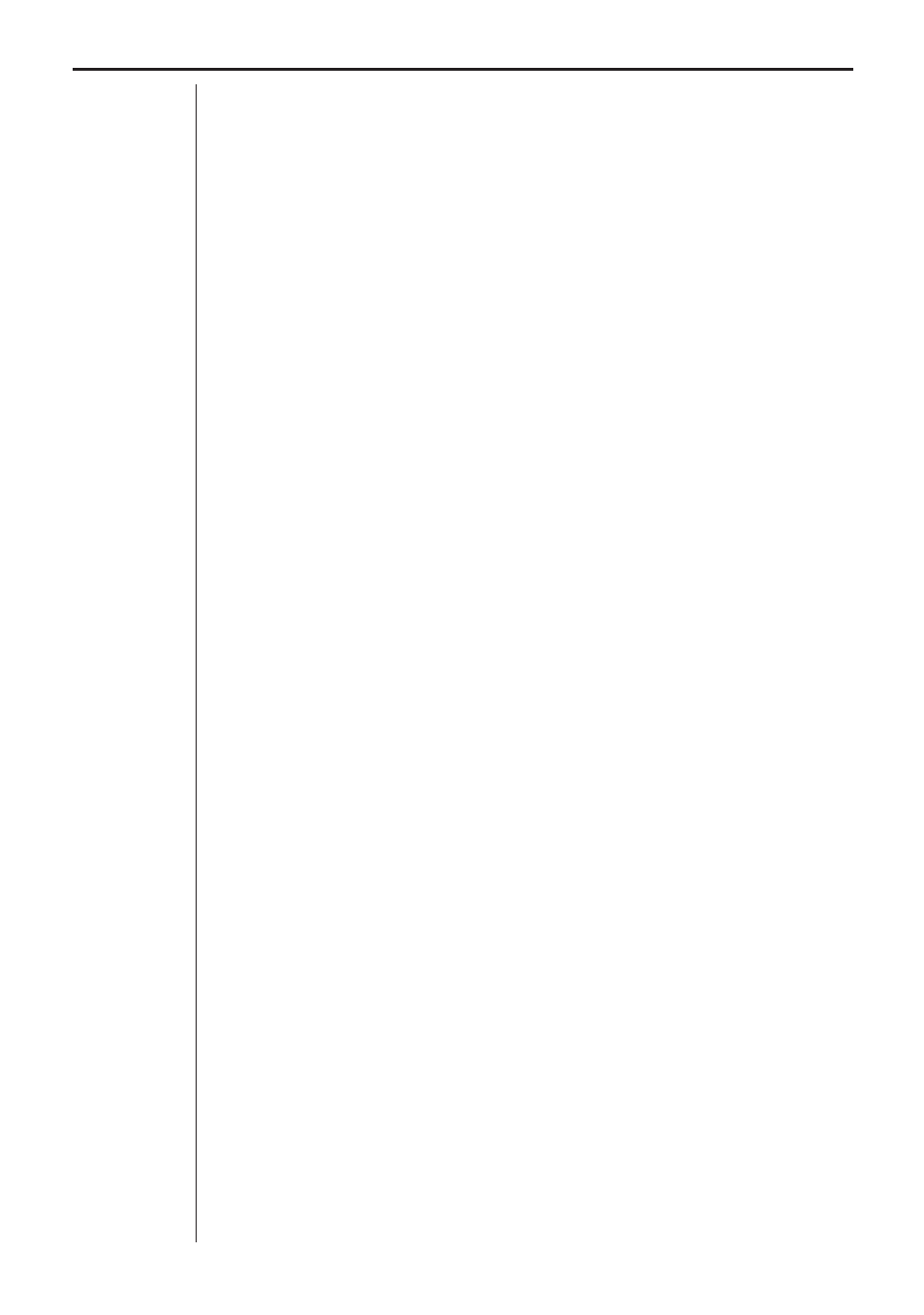Chapter 3: commands and programming, Example program – Casio EA-100 Commands and Programming User Manual
Page 5

27
Chapter 3: Commands and Programming
Example Program
The following is an example program written for the CFX-9850G.
Cls
↵
{1,0}
→
List 6
↵
Send(List 6)
↵
{1,1,1}
→
List 6
↵
Send(List 6)
↵
{3,0.5,100,1}
→
List 6
↵
Send(List 6)
^
Receive(List 1)
↵
Receive(List 2)
↵
S-Gph1 DrawOn,Scatter,
List1,List2,1,Dot,
Blue
↵
S-Gph2 DrawOff
↵
S-Gph3 DrawOff
↵
DrawStat
Sending Commands from a
Calculator to the Data Analyzer
This section explains how to send individual command from a graphic scien-
tific calculator to the data analyzer. Note that the procedure you should use
depends on whether you are using a CFX-9850G or a CFX-9800G calcula-
tor.
Sending List Data with the CFX-9850G “Send(”
Command
Use the CFX-9850G calculator’s Send(List) command to send list data to the
data analyzer, which executes commands in accordance with the contents of
CFX-9850G graph clear operation
Clears all channel settings and data.
Specifies sampling with Auto-ID probe con-
nected to CH1.
Specifies sample time of 0.5 seconds, 100
samples, and absolute time recording on.
Note the use of the display halt command
(
^
), which causes the calculator to wait until
the data analyzer finishes its sampling op-
eration before continuing with program ex-
ecution. Always use the display halt com-
mand (
^
) with Command 3.
Transfers time data to List 1.
Transfers CH1 data to List 2.
Sets up CFX-9850G statistical graph.
Turns off statistical graphs that are not be-
ing used.
Draws statistical graph on CFX-9850G.
